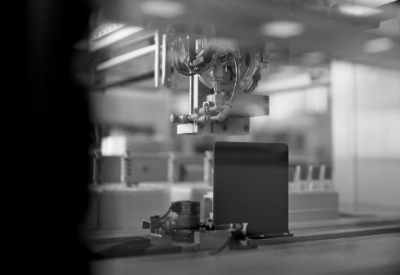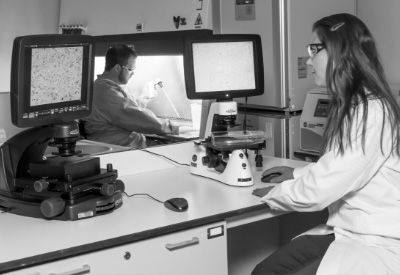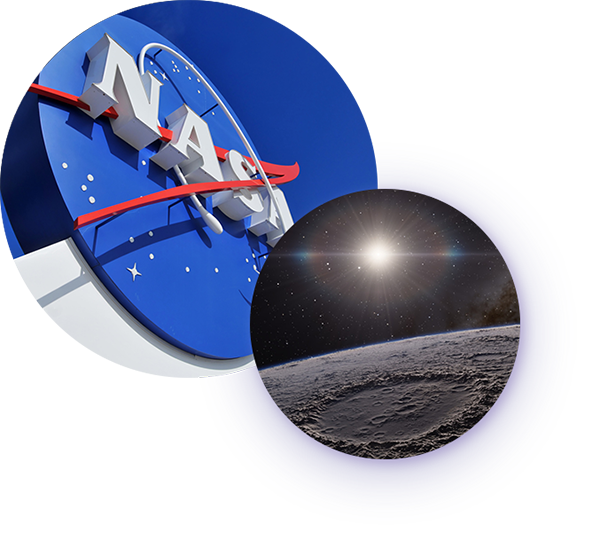City Labs Selected for Coveted NASA Innovative Advanced Concepts Award
City Labs is honored to have achieved a significant milestone by being selected for a prestigious NASA Innovative Advanced Concepts (NIAC) 2024 Phase I award. This recognition underscores City Labs’ innovative capabilities and sets the stage for groundbreaking advancements in space technology that aim to increase our understanding of our solar system and bring human exploration efforts to new heights.
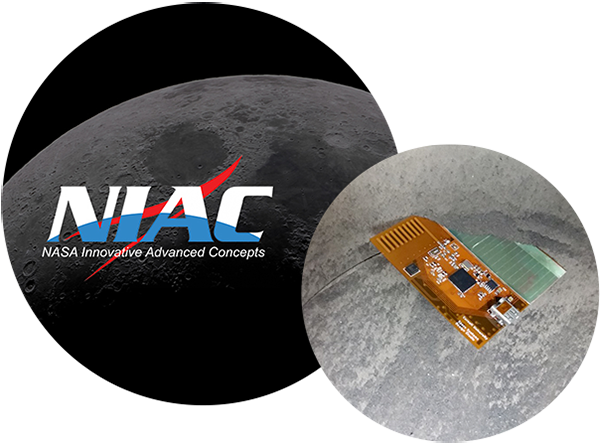
NASA’s “Moonshot” Program
The NIAC program, known for its competitive selection process, funds highly innovative early-stage technology concepts that push the boundaries of present-day technology and offer the potential to significantly transform future missions and NASA’s scientific reach.
Receiving a NIAC award places City Labs among a select group of innovators and researchers who have the vision to reimagine the future of space exploration. It is a clear indicator of City Labs’ forward-thinking and technical expertise and NASA’s confidence in our capabilities to contribute to the agency’s long-term exploration goals.
Durable Power for Uncharted Frontiers
City Labs’ awarded project—Autonomous Tritium Micropowered Sensors—is specifically designed to deploy highly resilient and long-lasting microelectronic sensors in the challenging environment of the Moon’s south pole. This area, known for its permanently shadowed regions characterized by extremely low temperatures, has remained largely unexplored due to the limitations of traditional power sources. City Labs’ tritium-powered sensors would be a significant technological leap, offering a durable power solution that operates independently of solar energy.
This initiative would enable NASA to conduct groundbreaking scientific studies in environments where conventional technology would fail. A key highlight of this mission is the sensors’ ability to detect and characterize the presence of water, aligning with NASA’s long-term goal to establish a permanent human presence on the Moon.
The usefulness of these sensors extends beyond lunar exploration; the same technology can be deployed on other planetary bodies—like Mars and Europa—where harsh surface conditions similarly hinder exploration.
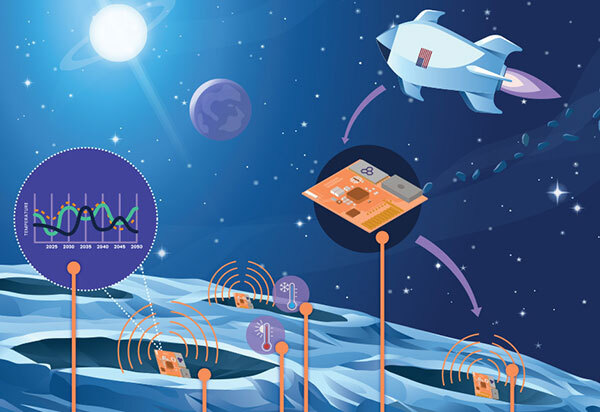
More to Come
The NIAC Phase I award provides City Labs with the opportunity to further develop this initial concept over nine months, with the potential to progress to more advanced funding and development phases. This initial phase is crucial for demonstrating the feasibility of the sensors and setting the groundwork for future explorations that could leverage this technology.
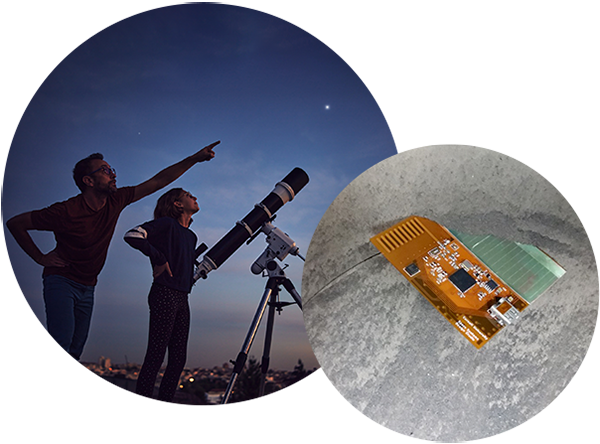
Follow City Labs
Stay up to date with this and other innovative projects by following our progress via LinkedIn and keeping an eye on this space for more exciting news as we continue developing this project.
The Nuclear Battery Company with a Vision
Reach out to us to discuss your platform’s power needs and how City Labs’ power solutions can help it run longer and more efficiently.
Contact Us Today
